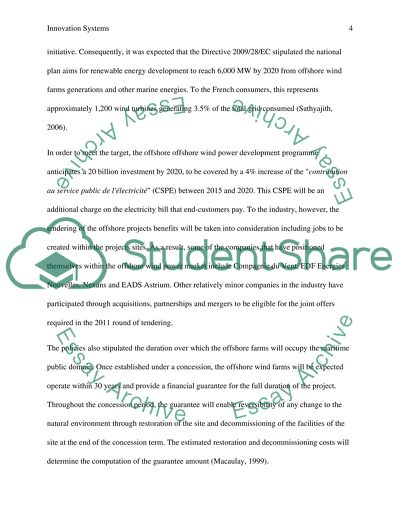Cite this document
(“Innovation Systems Essay Example | Topics and Well Written Essays - 2750 words”, n.d.)
Retrieved from https://studentshare.org/environmental-studies/1409768-innovation-systems
Retrieved from https://studentshare.org/environmental-studies/1409768-innovation-systems
(Innovation Systems Essay Example | Topics and Well Written Essays - 2750 Words)
https://studentshare.org/environmental-studies/1409768-innovation-systems.
https://studentshare.org/environmental-studies/1409768-innovation-systems.
“Innovation Systems Essay Example | Topics and Well Written Essays - 2750 Words”, n.d. https://studentshare.org/environmental-studies/1409768-innovation-systems.


